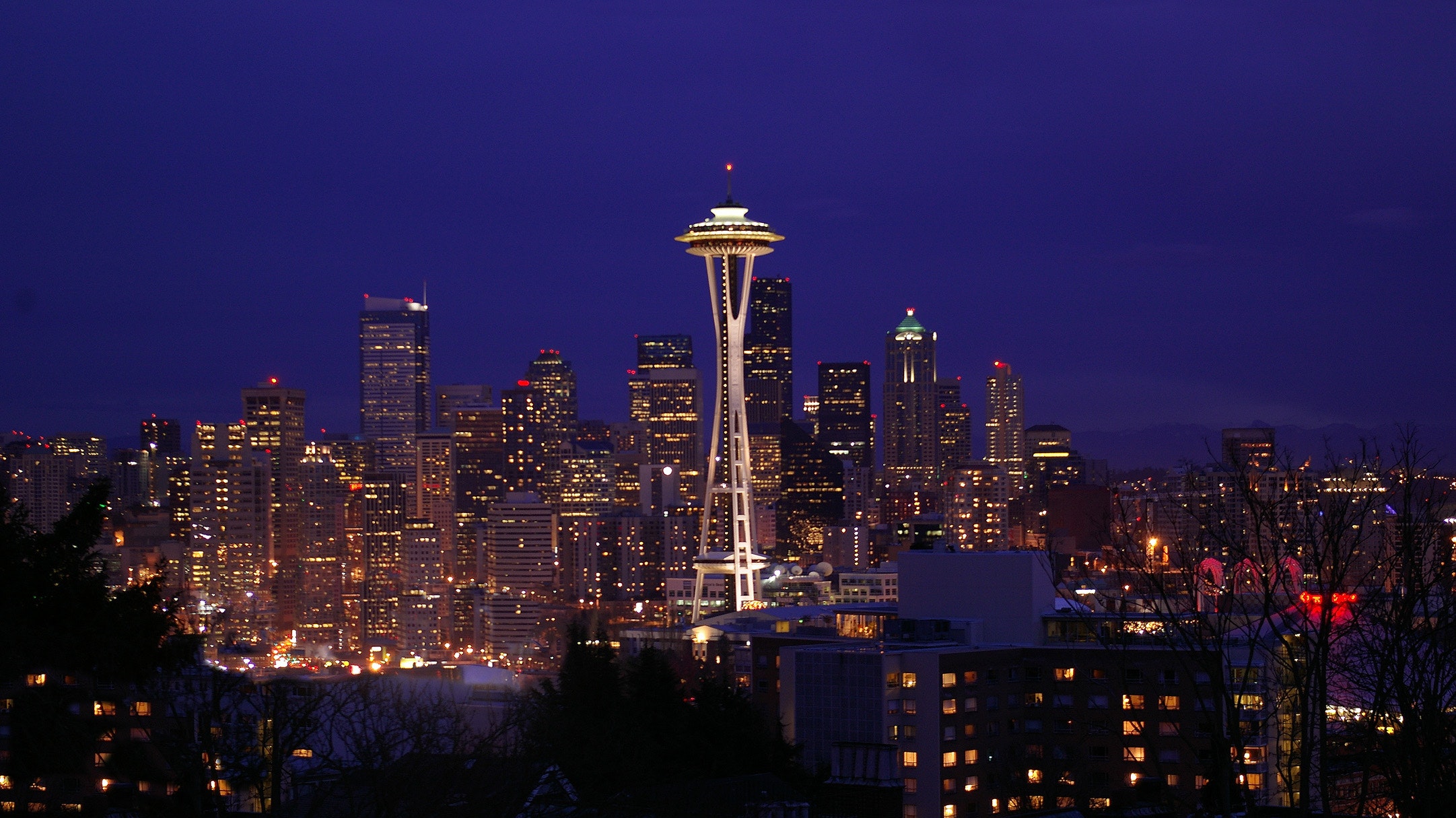
The growing pains of Oregon’s cannabis industry have been well documented, but to help us not feel quite so alone as the price of flower continues its decline, let us cast our gaze across the mighty Columbia—to Washington, which first passed a legal cannabis program (along with Colorado) back in November 2012, back when we all still had that thing called “hope.” How are the fortunes of the Emerald State’s cannabis industry faring?
Not great, thanks for asking.
Marijuana Business Daily has examined a recent report by the Washington State Liquor and Cannabis Board (LCB), which over the course of a year surveyed 1,155 licensed commercial growers for their capacity utilization—meaning exactly how much of the growing space they were licensed to use was actually being used.
The report gave some sobering results.
First, some frame of reference: Washington State offers three tiers of licensing based on size (less than 2,000 square feet; 2,000 to 10,000 square feet; and 10,000 to 30,000 square feet). Each tier has four grow method types—greenhouse, hoop house, indoor, and outdoor. (It’s worth noting that there were no license holders surveyed with a Tier 1 license who were using a hoop house set up).
Of the remaining 11 license types surveyed, nine were using less than 50 percent of their allocated growing space to produce, ranging from 24 to 47 percent capacity. Only two categories exceeded the 50 percent use, but not by much—61 and 69 percent (and no, those who were at 69 weren’t any happier, gutter mind).
In the piece, MJBiz Daily says three factors are repeatedly cited as being responsible, and it’s interesting where Washington mirrors and departs from Oregon’s issues.
With their prices also at historic lows—the Washington $40 ounce is also alive and well—concerns about over production are moving growers from holding off on using their full production capacity.
Although they state they have no plans to do so, the LCB does have the authority to downsize a license’s tier if a grower isn’t using at least 50 percent of its capacity. With the current oversupply, it doesn’t seem likely LCB will start acting on that rule anytime soon.
Unlike Oregon, Washington growers are unable to make use of out-of-state investments. This restricts access to capital, which is a heavy burden for any business, and those $40 ounces aren’t bringing investors running either.
Finally, to expand a grow space is not an inexpensive undertaking. Per MJBizDaily: “Alex Cooley, of Seattle-based Solstice Cannabis, estimated a cost of $100 per square foot to develop indoor grow space, but could easily hit $250-300 per square foot, depending on the bells and whistles in the operation.” He estimates $25 per square foot to develop an outdoor, with greenhouse development somewhere between indoor and outdoor setup costs.
It’s an open-ended question as to what can (or rather will) be done to correct this. A return to $200-300 ounces seems unlikely, and a cannabis trade group in Washington has been lobbying for at least a partial lift on the out-of-state investment ban.
The best solution, of course, would be for federal legalization, but what to do in the interim is still to be determined.

